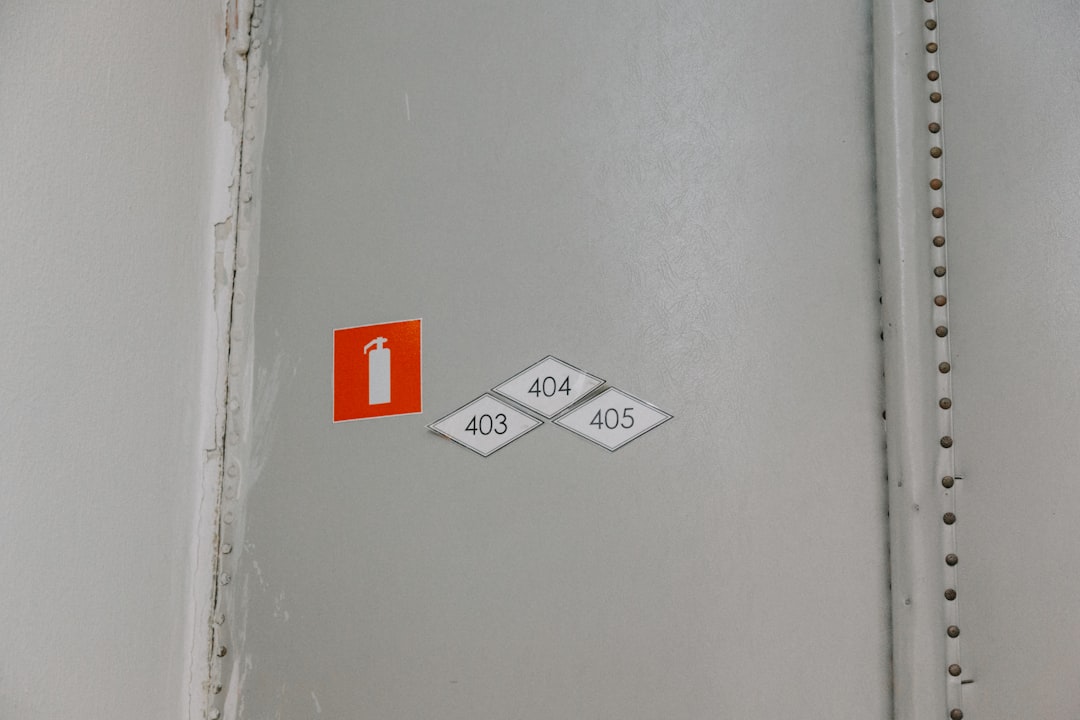Have you ever wondered how systems talk to each other automatically when an event happens? That’s where webhooks come in! They’re like little messengers. They wake up, grab data, and deliver it somewhere else the moment something big happens—like a new user signs up or a payment goes through.
But just like real messengers, webhooks face their own set of challenges. What if the receiving system is down? What if a message gets delivered twice? And how do you make sure no one is pretending to be a messenger they’re not?
This is where retries, idempotency, and security come in. Let’s break these down together in a fun and simple way.
1. What Are Webhooks, Really?
Imagine you’re at a pizza shop. You order a pizza and give them your number. When the pizza is ready, they call you. 😋
That’s a webhook! You don’t ask every minute if your pizza is ready. Instead, you wait for them to tell you.
In the tech world, webhooks work the same way. One system (let’s call it the “sender”) sends a message (usually as an HTTP POST) to another system (the “receiver”) when something happens.
Example: Stripe sends a webhook to your app when a payment goes through. Your app receives it and updates your database.
2. Why Do Webhooks Need Retries?
Here’s the thing—sometimes things break. Servers crash, networks go down, or maybe the receiver is just slow.
Webhooks use the internet. And the internet can be flaky. So a webhook might get lost or delayed.
That’s why senders often retry sending webhooks if they don’t get a success response.
- Maybe they retry after 30 seconds.
- Then after 1 minute.
- Then again after 5 minutes (and so on).
This is called exponential backoff. It gives the receiver time to recover.
Fun Fact: Most systems stop retrying after a limit. Maybe 15 times. So make sure your system is ready when they try!

3. But What If It Sends the Same Webhook Twice?
Great question! That brings us to the next golden rule of webhooks—idempotency.
Idem-what? 😅
Don’t worry, it’s simpler than it sounds.
Idempotency means doing the same thing many times won’t mess things up.
So if you receive the same webhook twice, your system should act as if it received it once.
Let’s say:
- The webhook is about a new customer order.
- You save that order in a database.
- But you forgot to send a ‘200 OK’ back to the sender.
- The sender says, “Hmm, I didn’t hear back. Let me try again.” 👀
Now, boom! You might create two orders by accident. 😱
Instead, your system should check: “Wait. Did I already save this order ID?”
If yes, ignore it. If not, process it.
That’s idempotency. It saves your data and your sanity.
Tips for Idempotency:
- Use a unique event ID from the webhook to find duplicates.
- Store a log of received IDs for a few days.
- Always search before insert.

4. How to Secure Webhooks
Okay, now let’s talk about keeping your webhooks safe.
Webhooks live on the internet. That means bad actors might try to fake a webhook and send it to your system.
Imagine getting a fake bank transaction—yikes! 😵
There Are a Few Ways to Keep Webhooks Safe:
- Secret Tokens: Let the sender include a secret token in the header. Your system checks it and says, “Yep, this is legit.”
- HMAC Signatures: This is like a fancy handshake. The sender signs the payload with a secret key. Your receiver re-computes the signature and checks if it matches.
- IP Whitelisting: Only accept webhooks from specific IP addresses you trust.
Pro Tip: Always use HTTPS. This secures the connection and stops snoopers.
Sample Verification with HMAC:
1. Get the payload you received. 2. Get the shared secret. 3. Run HMAC_SHA256(payload, secret). 4. Compare the result with the signature in the header.
If they match—great! If not—🚫 reject the webhook.
5. Logging and Monitoring
Sometimes things will fail. That’s life.
So make logs. Watch what’s coming in. See what’s being processed. And know when things go wrong.
Log stuff like:
- What headers came in
- How long your system took to respond
- Any errors your system hit
Set up alerts if webhook processing fails too often. That way, you can jump in fast.
6. Timeouts and Responses
The sender is waiting for your response. Don’t leave them hanging!
Always respond quickly. Even if you’re doing something heavy in the background, just say:
HTTP 200 OK
Then process the data later. Use a queue or background worker if needed.
Example: Add the job to a queue. Then return 200 OK right away.
Otherwise, the sender thinks you failed and they’ll retry. And that can lead to… you guessed it: duplicates. 😬

7. Versioning Webhooks
Over time, webhook formats change. Maybe new fields are added. Maybe old ones are removed.
That’s why it helps to version your webhook endpoints.
Example: /webhooks/v1/payment-received
This way, you don’t break existing systems when upgrades happen. Just add a new version, and let users move when they’re ready.
Final Checklist for Reliable Webhooks
- Retry logic: Handle failures gracefully and retry with backoff.
- Idempotency: Prevent duplicates by checking event IDs.
- Security: Use secrets, HTTPS, and check signatures.
- Fast responses: Reply quickly, even if processing takes time.
- Monitoring: Log everything and set up alerts.
- Versioning: Avoid breaking changes in old webhooks.
In Summary
Webhooks are powerful. They help your apps talk in real time without constant checking. But with great power comes great responsibility.
Design with care. Think about retries. Be idempotent. Lock your doors with good security. And always answer quickly.
Make your webhooks smart, safe, and strong—and they’ll serve you well for years to come! 🚀

